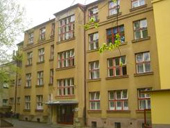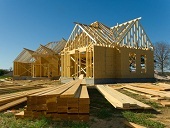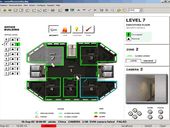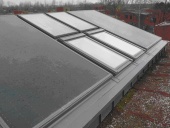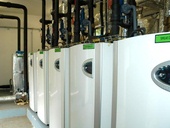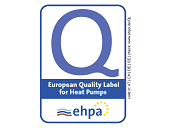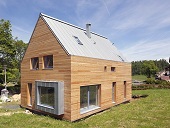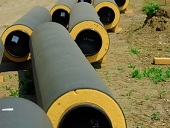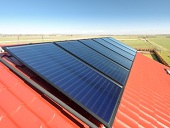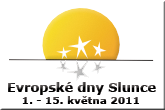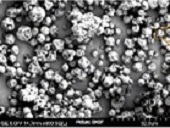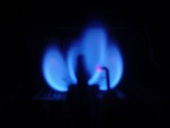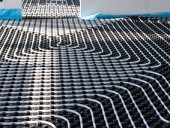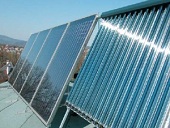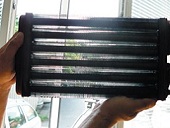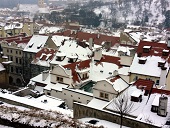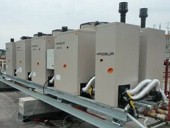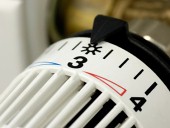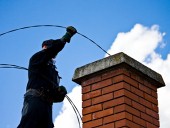The Professional medical institute in Žamberk is one of the objects in the region of Pardubice in the Czech republic, where the energy performance contracting method was applicated. By implementing energy-saving project the central steam boiler was closed and a new gas boiler (power 1690 kW) was built in the building of the existing heat exchangers.
Archiv článků od 21.2.2011 do 22.8.2011
Comparison of knowledge in the field of wooden buildings between the CR and abroad is especially based on the author's many foreign visitors of completed buildings, businesses and universities, the knowledge of the extent and quality of especially American and German literature and participation in many international conferences, including the last World Congress of timber engineering WCTE, held in June 2010 in Italy.
Nowadays there is a growing interest in quality and high energy saving housing. The following article presents the almost unusual renovation of a terraced building in Denmark. It was expected that after the renovation the building with become CO2 neutral. The last house of a terrace in the twon of Albertslund, Denmakr was chosen for the renovation. It had been built in the 1960's and it is a two story terraced house with a 50m2 footprint.
In January I published an article about the upcoming revision of CSN 73 0540-2 Thermal protection of buildings, Part 2: Requirements. I expressed to changes in each individual chapter. Since then there is new development in the standard revision. Some comments by members of the Standardisation Committee No. 43 and by professionals from the April public consultation of the standard were implemented. Some chapters of the standard are nearly unchanged since January, but some have changed in fairly major way.
This paper describes the brief analysis of the quality of heat pumps offered in the Czech Republic. It specifies the importance of improving offer based on the evaluation of heat pumps according to the methodology of the European Heat Pumps Association (EHPA).This also includes the basic conditions for awarding the quality of the European Quality Label for Heat Pumps.
Our serial continues with this low-energy house built with sand-lime bricks. This time, the family house is located not far from Liberec, in the foothills of the Jizera mountains. The surroundings, predominantly rural houses near a protected natural area, influenced the shape of the house. Its location responds primarily to the surrounding buildings and the slightly sloping land.
The European Solar Days successfully promote the use of a free unlimited renewable energy source available everywhere to everyone to generate electricity as well as heating and cooling: the SUN.
This campaign raises public awareness and involves several hundred thousand citizens at local level. Pioneer countries such as Austria, Germany, Switzerland, as well as others that successfully embraced this initiative like France, Italy and Spain, are only too keen to share their experience and help spread the word. The European Solar Days are celebrated in an increasing number of countries and in 2010 around 6.600 events were planned in 17 European countries by diverse organisations ranging from solar equipment manufacturers to schools and local authorities.
Article is based on the book "Regulating the practice or how I'm doing." Programming of the control system is described in a logical sequence so as to be applicable to various systems. The intention was to create a "helper in his pocket" for designers, programmers, and assembly techniques of measurement and control.
European and national policy and trends promoting the development and use of renewable energy recently caused a boom for solar systems for DHW and heating in family houses in this country. Whether it makes sense, what are the problems for such systems since we can expect and how to optimize these systems, this post.
The evaluation of the heating period for the calendar year 2010 is useful for producers and consumers, who work on a January-December regime. It also provides data to energy experts for assessing the operational energy consumption of buildings. It also provides figures for the controlling of boilers, according the Decree 276/2007 Coll.
The paper discusses the alternative heat sources to central district heating for panel buildings. Nowadays, most of the reconstructions of panel buildings cover only the improvement of thermal quality of the building envelope in order to decrease the heat loss and the operating costs of heating. With high-quality insulated envelope it is possible to achieve high reduction of thermal heat loss. Additional reduction of heat loss on the envelope insulation side is very expensive. In order to reach another reduction of operational costs in the building it could be more efficient to change the heat source with cheaper energy.
Based on the observations made at the Prague-Karlov station, the 2009/2010 heating season was a little shorter, 217 days, and the average temperature was 4.3ºC, slightly cooler than the long-term average. The basic characteristic necessary for heating is 3187 dº (19) degree days, so the needs for heating were slightly lower than the long term average.
zpět na aktuální články
